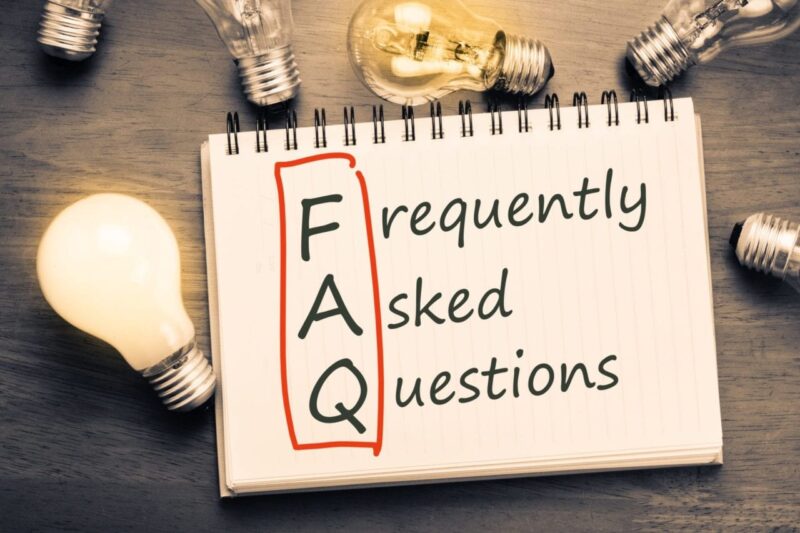This new, simple state pension provides a firm foundation for workplace saving. If you contribute entirely to the new single-tier scheme, it will replace today’s complicated state pension with a single amount based on 35 qualifying years of National Insurance contributions.
If you have fewer than 35 years when you reach State Pension age, you will get a pro-rata amount. However, when you reach State Pension age, you will need to have a minimum number of qualifying years, which will be set to be between 7 and 10 years, otherwise you will not get a single-tier pension.
If you have made National Insurance contributions or received credits under the current system, they will be protected and converted into a single-tier foundation amount. Providing you meet the minimum qualifying year requirement, you will get no less than the amount calculated using the present scheme rules.
This actual amount will not be decided until shortly before single tier is introduced. It will be set above the basic level of means-tested support (the Pension Credit standard minimum guarantee of £142.70 per week in 2012/13). An illustrative full single-tier example rate of £144 per week was used in the Government White paper.
It is proposed that the single-tier pension will be increased each year, by at least the percentage that average national earnings have grown in the previous year. The Government White Paper assumed that it will be increased by the ‘triple lock’ (i.e. the highest of the growth in earnings, price inflation or 2.5%) consistent with the current basic State Pension arrangements.
According to the Department of Work and Pensions, the single-tier pension will deliver a state pension based on individual qualification, and thus no-one will be able to inherit or derive rights to the single-tier pension from their spouse or civil partner. If you are already over State Pension age, or reach your state pension age before 6 April 2016 when the new scheme starts, you will continue to receive your state pension in line with present rules. If you reach state pension age after the new scheme starts, your state pension will be based on the single-tier scheme.



